Devapriya Roy and Saurav Jha have undertaken an epic journey across India on a budget of Rs500 per day, to culminate in a book on their travels.
The invite to the book event that arrived in the inbox one day was curiously worded. ‘Readings from two and a half books’, it said. ‘Do join us.’
A close reading revealed that there were, indeed, two and a half books to be discussed: as with couples with children from previous marriages, they were one his, one hers, and one theirs.
While Devapriya’s first novel The Vague Woman’s Handbook was just out, Saurav’s accessible science book, The Upside Down Book of Nuclear Power, had been released in 2010 and the couple happened to be in the middle of the rather exhaustive research they had undertaken for their joint writing project, a travelogue about a back-packing journey taken across India on the rather challenging budget of `500 a day.
The two met at Presidency College, Calcutta and got married “absurdly early” after putting in stints at Jawaharlal Nehru University (JNU) in Delhi, where Saurav studied economics and Devapriya did a masters in English and an MPhil in theatre and performance studies, and where she is currently working on her PhD at the School of Arts and Aesthetics.
“The idea of the journey was born long before the idea of the book; we had always meant to see India closely,” says Devapriya.
“Saurav has — for a long time now — been very intimately obsessed with the idea of India, and ever since we’ve been together we’ve engaged with questions on what India is really like, what India is really about. We meant to travel cheaply but the logistics hadn’t been worked out… it doesn’t seem easy to take a gap-year to travel when you have jobs and are expected to behave respectably!”
Once their other two books were in the pipeline, however, publishers Harper Collins India were sufficiently interested in the idea to commission them to write this book, so they chucked up their day jobs and started on the journey only half-jokingly inspired by Che Guevara’s The Motorcycle Diaries (minus the motorcycle, adds Devapriya).
The mammoth expedition is almost over, with only the last leg remaining while the couple recuperates in Kolkata. During the pilot-run, which was a 20-day stretch they took in January 2010 to assess feasibility, they travelled through Rajasthan and Gujarat, Himachal Pradesh and Western UP. In the main 80-day stretch, they began with a bus-ride from Delhi to Agra, and travelled through Madhya Pradesh, Maharashtra, Karnataka, Kerala and Tamil Nadu, mostly on buses covering 12,000km and never staying above a day or two at a particular stop.
The journey, incidentally, has turned into a social media project. When they created the Facebook group ‘The heat and dust project: a book in motion’, Devapriya and Saurav had no idea it was going to influence the way they travel, but with close to 2000 opinionated members, constantly chipping in with advice and suggestions, the group has ensured this project is a dynamic, collaborative one.
The challenges have been plenty: right from finding buses that run on time to finding accommodation and proving their ‘married’ status to make sure the elusive accommodation is not denied to them in more orthodox parts of India. More than that, Devapriya finds it has been psychologically challenging. “Greater demands are made on the mind as opposed to the body. It’s funny, but we human beings begin to grow roots very easily, we get used to places and create a comfortable routine even in a new place in roughly two days! In this journey, we ruptured that feeling every time it came — and while that can be a very liberating process, on a day-to-day basis, it is rather difficult,” she says.
The book, she says, is shaping up more as a personal travelogue written by two people than a how-to book for Indians wishing to backup through India — though the two definitely hope it will inspire others to undertake similar journeys. At the same time, it is also turning out to be a book about India and the ways in which it is changing from the perspective of two rather hard-up young Indians and not prosperous “studio experts”.
Meanwhile, The Vague Woman’s Handbook has provided them with a break. A breezy tale about two ‘vague women’ – the kind who can’t follow directions and are dangerously irresponsible with credit cards — and their unlikely friendship, the book holds immense appeal for those who like reading books with strong women protagonists but are tired of the usual chick-lit tropes: Looking for Mr Right, obsessing about marriage and breaking up. Devapriya says she doesn’t have a problem with the chick-lit tag, though; in many ways, she says, it’s a very important genre within the tradition of novel writing and reclaims the female roots of the novel, first written for women who were thought unable to cope with more challenging forms of writing such as epic poems.
Essentially, though, Devapriya feels she “wanted to remind (herself) of some of the old-fashioned idealism of Oliver and Jenny in Love Story. What if Jenny didn’t die, was vague and hysterical and had a shopaholic 50-year old best friend?”
She borrowed liberally from her own life and those of her friends — from “whoever came within borrowing distance”. An early marriage between two independent and spirited young people deeply in love forms a rather important part The Vague Woman’s Handbook. “The economic realities of a young marriage is something that I had always thought was worth writing about — especially in an age as consumerist as ours is, when one is bombarded with images of glossy homes, designer honeymoons and event-managed weddings all the time,” says Devapriya.
Being one herself, Devapriya rattles off the characteristics of vague women rather easily: besides being hopeless with directions and never knowing when the credit card bill is due, they “don’t usually know how much money they are carrying in their cavernous bags — often, there is a vague hope that if they don’t know exactly, they might be pleasantly surprised at how long the money lasts” and always living with the conviction that “tomorrow they are going to turn over a new leaf: they shall stick to the diet, ‘cleanse’ their lives, learn — and do — yoga, keep an account of how much they are spending…”.
However, the book is not only a celebration of vagueness — but also in defence of it, she asserts. “Most modern women are over-worked and carry to-do lists in their heads that span things they have to do for work, home, children, families. The amount of pressure on them often forces them to be in-control. Being a vague woman is thus also a sort of protest against this system that requires lives to be so planned and organised. And it is only when one allows the mind — and the contours of life — to wander, to be vague, that creativity finds its expression,” she says.
![submenu-img]() Priyanka Chopra kisses Nick Jonas as Malti Marie closes her eyes; see more family pics from singer's London concert
Priyanka Chopra kisses Nick Jonas as Malti Marie closes her eyes; see more family pics from singer's London concert![submenu-img]() Lebanon: Thousands of Hezbollah members wounded after communication devices explode mysteriously
Lebanon: Thousands of Hezbollah members wounded after communication devices explode mysteriously![submenu-img]() Meet woman, who is part of Rs 1257006 crore group, holds key position, she is Ratan Tata's...
Meet woman, who is part of Rs 1257006 crore group, holds key position, she is Ratan Tata's...![submenu-img]() Atishi's net worth: Know assets owned by Delhi's next CM
Atishi's net worth: Know assets owned by Delhi's next CM![submenu-img]() Meet Sunny Deol, Rajinikanth's heroine, in live-in relationship with married man for 35 years, refused to convert, now..
Meet Sunny Deol, Rajinikanth's heroine, in live-in relationship with married man for 35 years, refused to convert, now..![submenu-img]() Chandra Grahan 2024: कल सुबह है चंद्रग्रहण, इतने बजे हो जाएगी शुरुआत, जानें भारत में क्या होगा असर, कब है सूतक काल
Chandra Grahan 2024: कल सुबह है चंद्रग्रहण, इतने बजे हो जाएगी शुरुआत, जानें भारत में क्या होगा असर, कब है सूतक काल![submenu-img]() क्या होता है पेजर, जो हिजबुल्लाह के लिए बना मौत का 'ट्रांसमीटर', जानें कैसे करता है काम?
क्या होता है पेजर, जो हिजबुल्लाह के लिए बना मौत का 'ट्रांसमीटर', जानें कैसे करता है काम?![submenu-img]() J-K Polls: 24 सीट, 35000 से अधिक कश्मीरी पंडित वोटर... पहले चरण में इन 8 दिग्गजों की साख दांव पर
J-K Polls: 24 सीट, 35000 से अधिक कश्मीरी पंडित वोटर... पहले चरण में इन 8 दिग्गजों की साख दांव पर![submenu-img]() Lebanon Pagers Blast: लेबनान में बम जैसे फटे जेब में रखे पेजर्स, सीरियल ब्लास्ट में 8 की मौत, ईरानी राजदूत समेत 2,750 लोग घायल
Lebanon Pagers Blast: लेबनान में बम जैसे फटे जेब में रखे पेजर्स, सीरियल ब्लास्ट में 8 की मौत, ईरानी राजदूत समेत 2,750 लोग घायल![submenu-img]() School Closed: प्रयागराज में 8वीं तक सभी स्कूल बंद, IMD ने जारी किया भारी बारिश का अलर्ट
School Closed: प्रयागराज में 8वीं तक सभी स्कूल बंद, IMD ने जारी किया भारी बारिश का अलर्ट![submenu-img]() Ford to return to India after 2 years with reopening of....
Ford to return to India after 2 years with reopening of....![submenu-img]() Maruti Suzuki launches new Swift CNG, check price, mileage, other features
Maruti Suzuki launches new Swift CNG, check price, mileage, other features![submenu-img]() ‘30 LPA, 3BHK, no in-laws’: Woman earning Rs 1.32 lakh salary lists demands for future husband, netizens say...
‘30 LPA, 3BHK, no in-laws’: Woman earning Rs 1.32 lakh salary lists demands for future husband, netizens say...![submenu-img]() In a big EV push, Centre launches Rs 10900 crore PM E-Drive scheme to replace…
In a big EV push, Centre launches Rs 10900 crore PM E-Drive scheme to replace…![submenu-img]() World’s longest car has helipad, swimming pool, mini-golf course, can seat over…; it cost…
World’s longest car has helipad, swimming pool, mini-golf course, can seat over…; it cost…![submenu-img]() Meet India's first billionaire, who controlled 25% of world's GDP, had 50 Rolls-Royce, way richer than Mukesh Ambani
Meet India's first billionaire, who controlled 25% of world's GDP, had 50 Rolls-Royce, way richer than Mukesh Ambani![submenu-img]() IAS vs IPS: Who earns more? Differences in power, role, responsibilities
IAS vs IPS: Who earns more? Differences in power, role, responsibilities![submenu-img]() Meet boy who got record-breaking salary package from Google, was former Amazon employee, not from IIT, IIM…
Meet boy who got record-breaking salary package from Google, was former Amazon employee, not from IIT, IIM…![submenu-img]() Meet man who became IPS, then cracked UPSC to become IAS officer with AIR 52, is now DM of...
Meet man who became IPS, then cracked UPSC to become IAS officer with AIR 52, is now DM of...![submenu-img]() Meet PHD wife of IIT graduate hired at Rs 100 crore salary but was fired within a year, he is now...
Meet PHD wife of IIT graduate hired at Rs 100 crore salary but was fired within a year, he is now...![submenu-img]() Kolkata Doctor Case: Protesting Doctors React After CBI Arrests Sandip Ghosh And Abhijit Mondal
Kolkata Doctor Case: Protesting Doctors React After CBI Arrests Sandip Ghosh And Abhijit Mondal![submenu-img]() Nitin Gadkari: Union Minister Nitin Gadkari Reveals He Was Offered Support For PM Post But Declined
Nitin Gadkari: Union Minister Nitin Gadkari Reveals He Was Offered Support For PM Post But Declined![submenu-img]() Kolkata Doctor Case: Junior Doctors Protest For 5th Night As Talks With CM Mamata Fail Again
Kolkata Doctor Case: Junior Doctors Protest For 5th Night As Talks With CM Mamata Fail Again![submenu-img]() Muslim Sculptor Crafts Tiny Ganesh Idols On Pencil Graphite #shorts #viralvideo #ganesh
Muslim Sculptor Crafts Tiny Ganesh Idols On Pencil Graphite #shorts #viralvideo #ganesh![submenu-img]() Jaishankar: EAM Dr. S. Jaishankar On India-China Relations & Disengagement Problems | Ladakh
Jaishankar: EAM Dr. S. Jaishankar On India-China Relations & Disengagement Problems | Ladakh![submenu-img]() Meet woman, who is part of Rs 1257006 crore group, holds key position, she is Ratan Tata's...
Meet woman, who is part of Rs 1257006 crore group, holds key position, she is Ratan Tata's...![submenu-img]() Meet man, who lives in 2BHK flat in Mumbai, doesn't use any mobile, he is Ratan Tata's...
Meet man, who lives in 2BHK flat in Mumbai, doesn't use any mobile, he is Ratan Tata's...![submenu-img]() Amazon ends work from home, asks employees to return to office from...
Amazon ends work from home, asks employees to return to office from...![submenu-img]() Days after iPhone 16 series launch, Apple loses Rs 970000 crore due to...
Days after iPhone 16 series launch, Apple loses Rs 970000 crore due to...![submenu-img]() Meet man, BITS Pilani alumnus with over Rs 19500 crore net worth, now engaged in feud with brother over...
Meet man, BITS Pilani alumnus with over Rs 19500 crore net worth, now engaged in feud with brother over...![submenu-img]() This film was made in Rs 80 crore, actress scolded star kid while filming intimate scene; movie flopped, earned just...
This film was made in Rs 80 crore, actress scolded star kid while filming intimate scene; movie flopped, earned just...![submenu-img]() India’s richest child actor has net worth of Rs 8 crore, owns Rs 40-lakh luxury car, but nobody knows her 'real age'
India’s richest child actor has net worth of Rs 8 crore, owns Rs 40-lakh luxury car, but nobody knows her 'real age'![submenu-img]() 32-year-old superstar forcibly kissed 15-year-old co-star; left her traumatised, crying; later laughed about it saying..
32-year-old superstar forcibly kissed 15-year-old co-star; left her traumatised, crying; later laughed about it saying..![submenu-img]() Atishi is new Delhi CM: Know who was Delhi's first woman CM
Atishi is new Delhi CM: Know who was Delhi's first woman CM![submenu-img]() This actor worked in over 300 films, was abandoned by family, had no friends; was found with bottle of alcohol at...
This actor worked in over 300 films, was abandoned by family, had no friends; was found with bottle of alcohol at...![submenu-img]() Atishi's net worth: Know assets owned by Delhi's next CM
Atishi's net worth: Know assets owned by Delhi's next CM![submenu-img]() Thane Biggest Builders RK Builders and DHL Group Join Forces for Maharashtra’s Largest BTS Warehouse
Thane Biggest Builders RK Builders and DHL Group Join Forces for Maharashtra’s Largest BTS Warehouse![submenu-img]() Atishi to become Delhi CM: Know why she dropped her second name ‘Marlena’
Atishi to become Delhi CM: Know why she dropped her second name ‘Marlena’![submenu-img]() Arvind Kejriwal resigns as Delhi Chief Minister, tenders his resignation to LG
Arvind Kejriwal resigns as Delhi Chief Minister, tenders his resignation to LG![submenu-img]() Who is IPS Manoj Kumar Verma, the new Kolkata Police Commissioner?
Who is IPS Manoj Kumar Verma, the new Kolkata Police Commissioner?



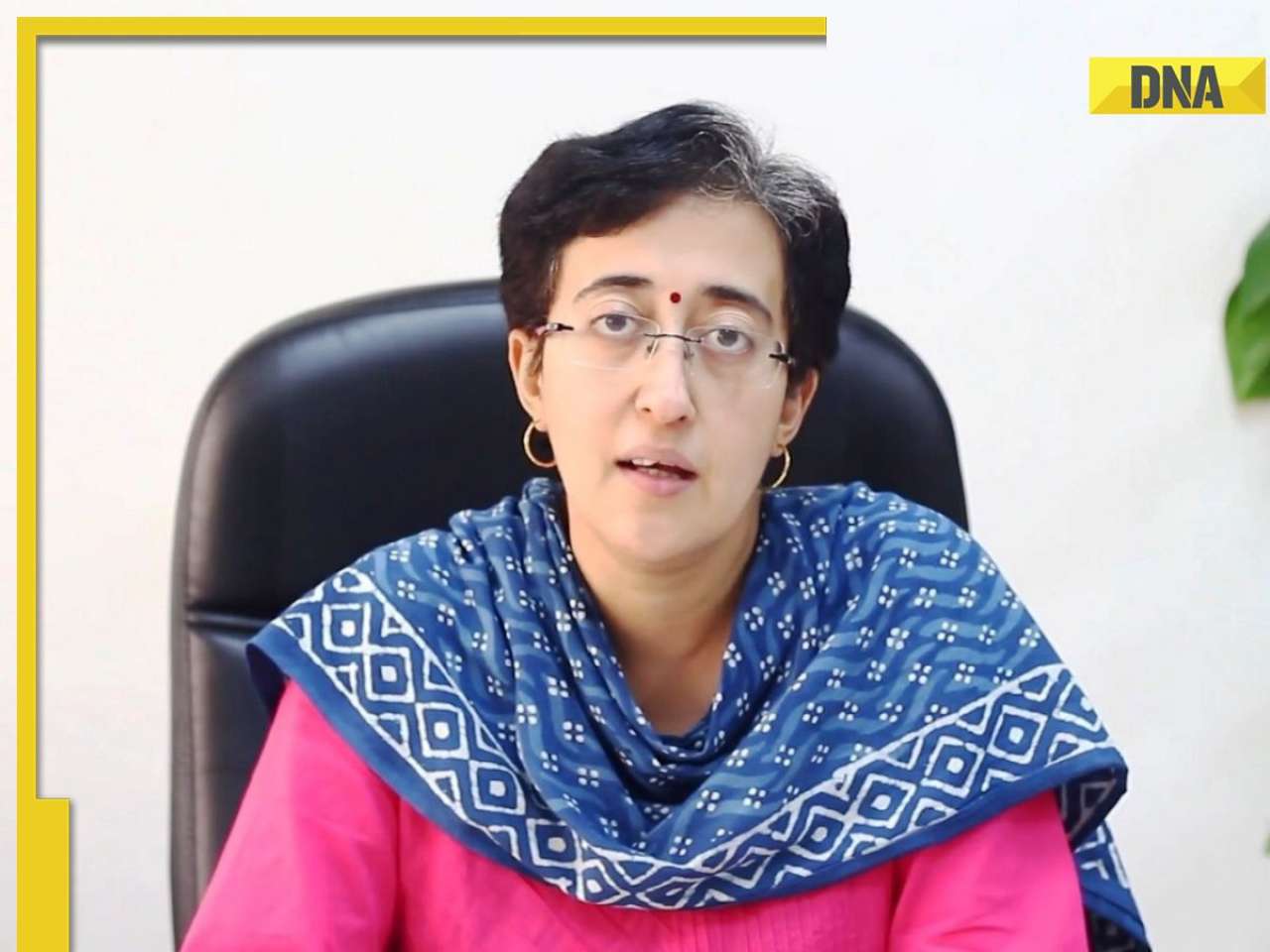
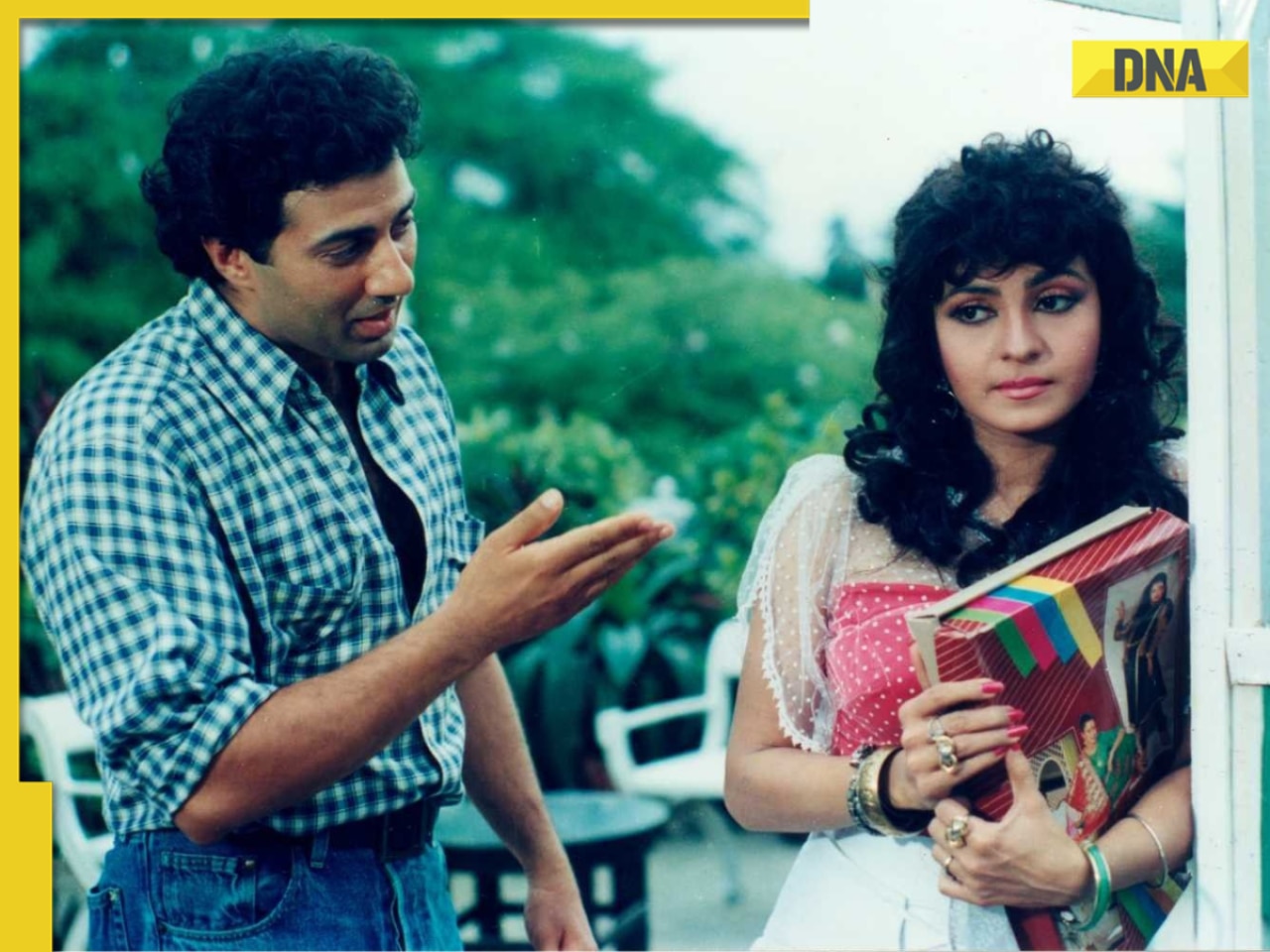





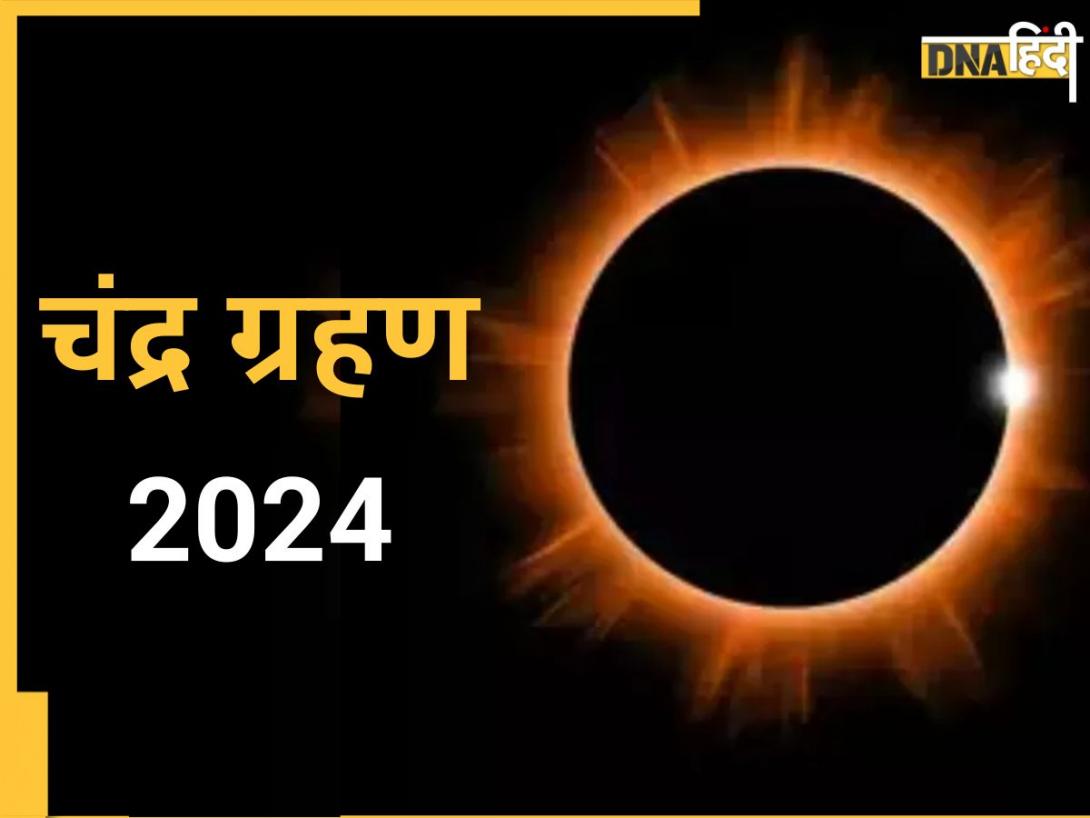
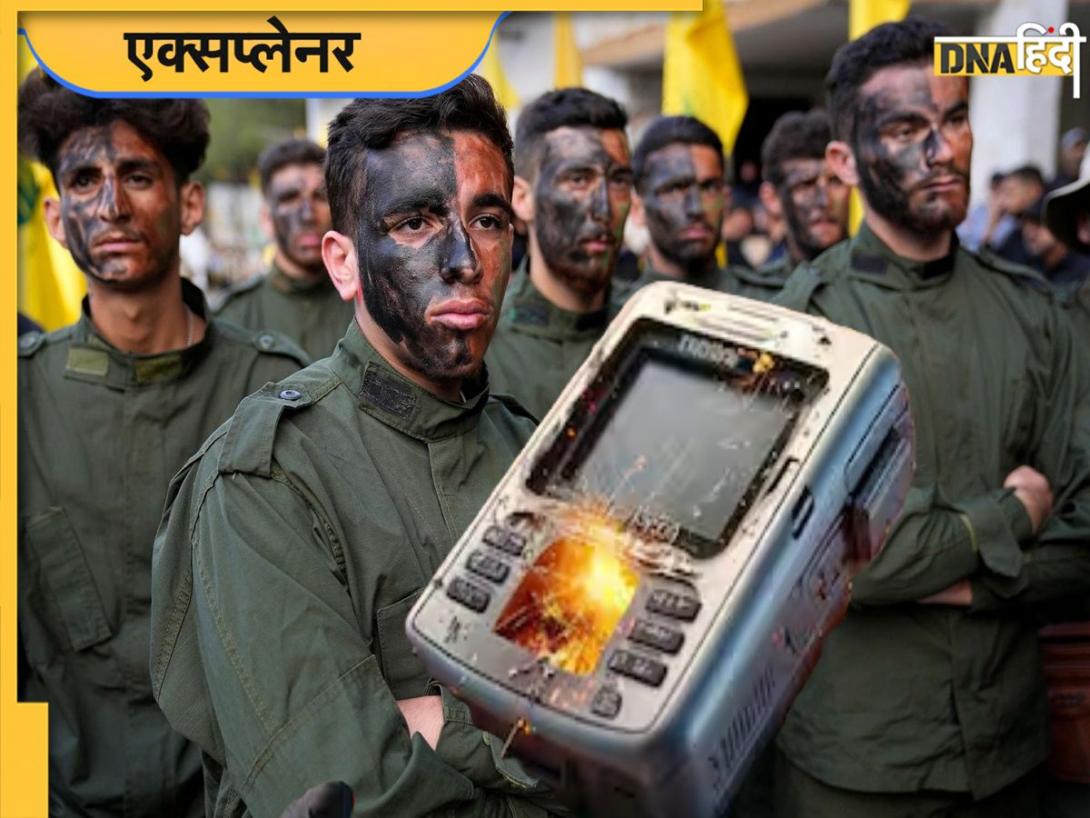
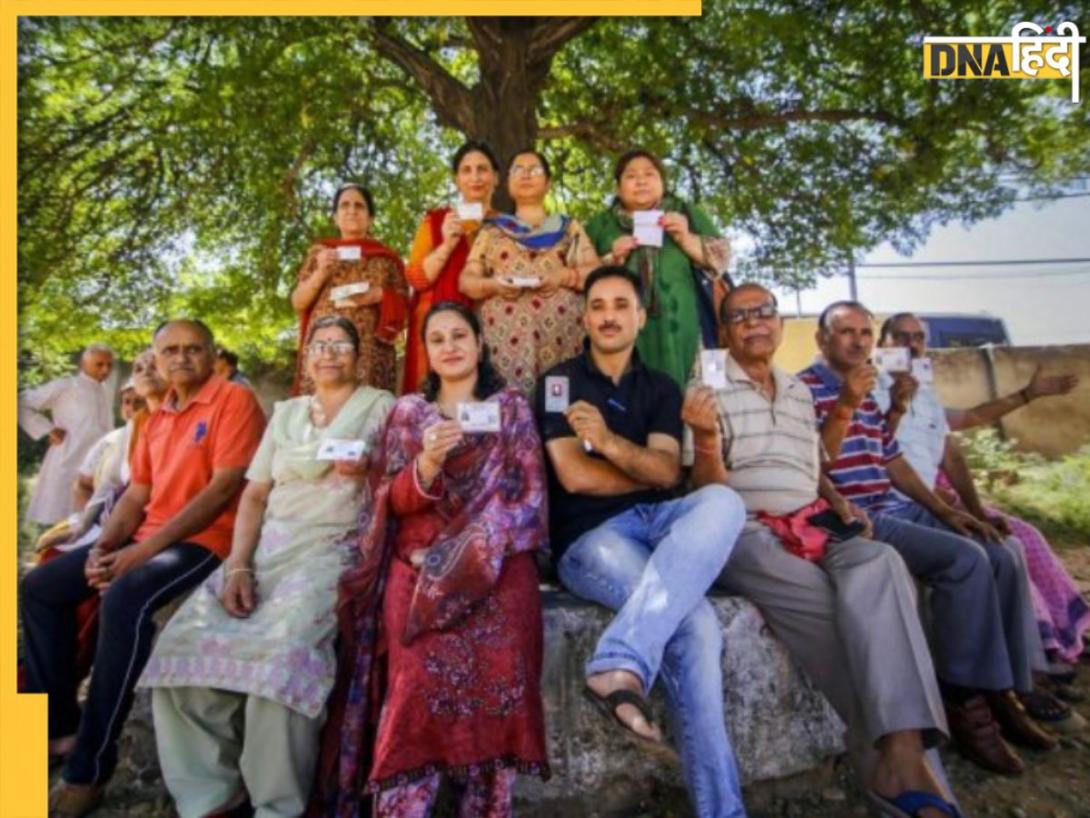

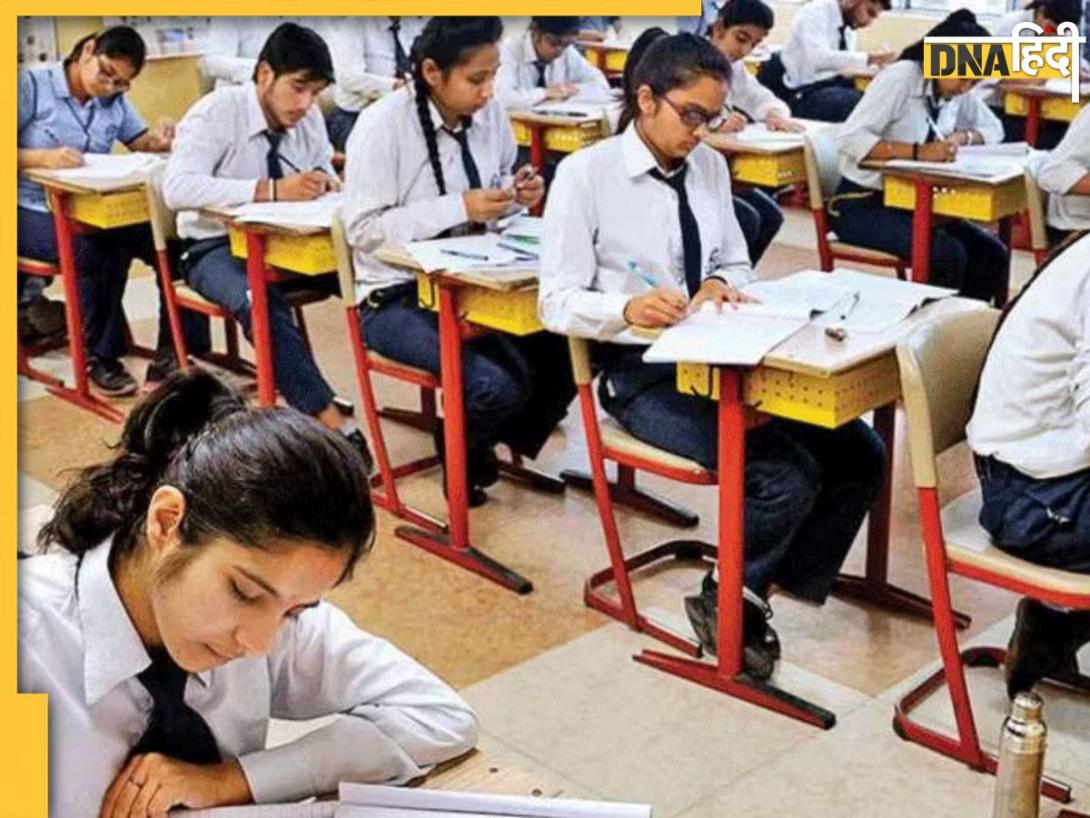





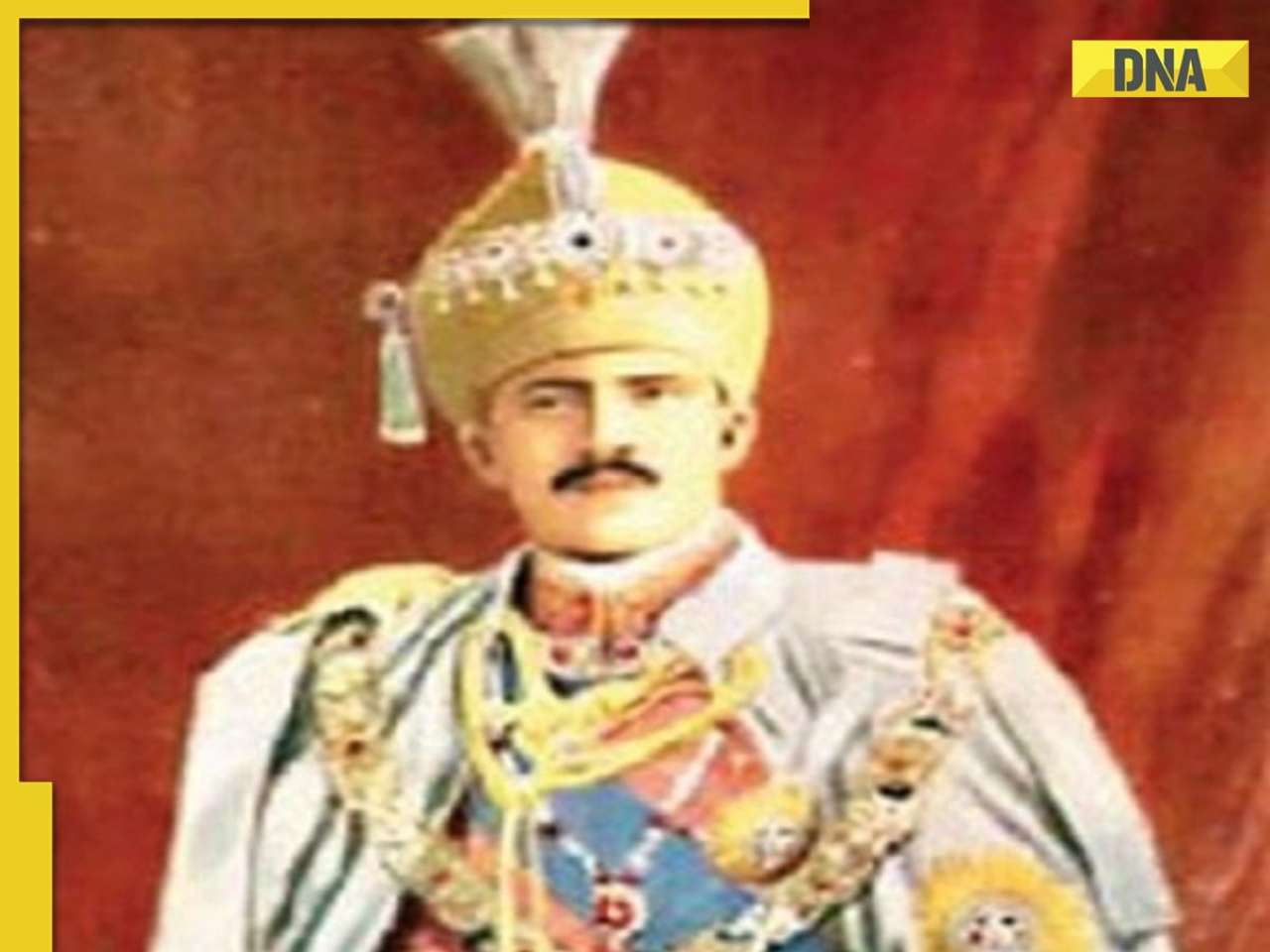


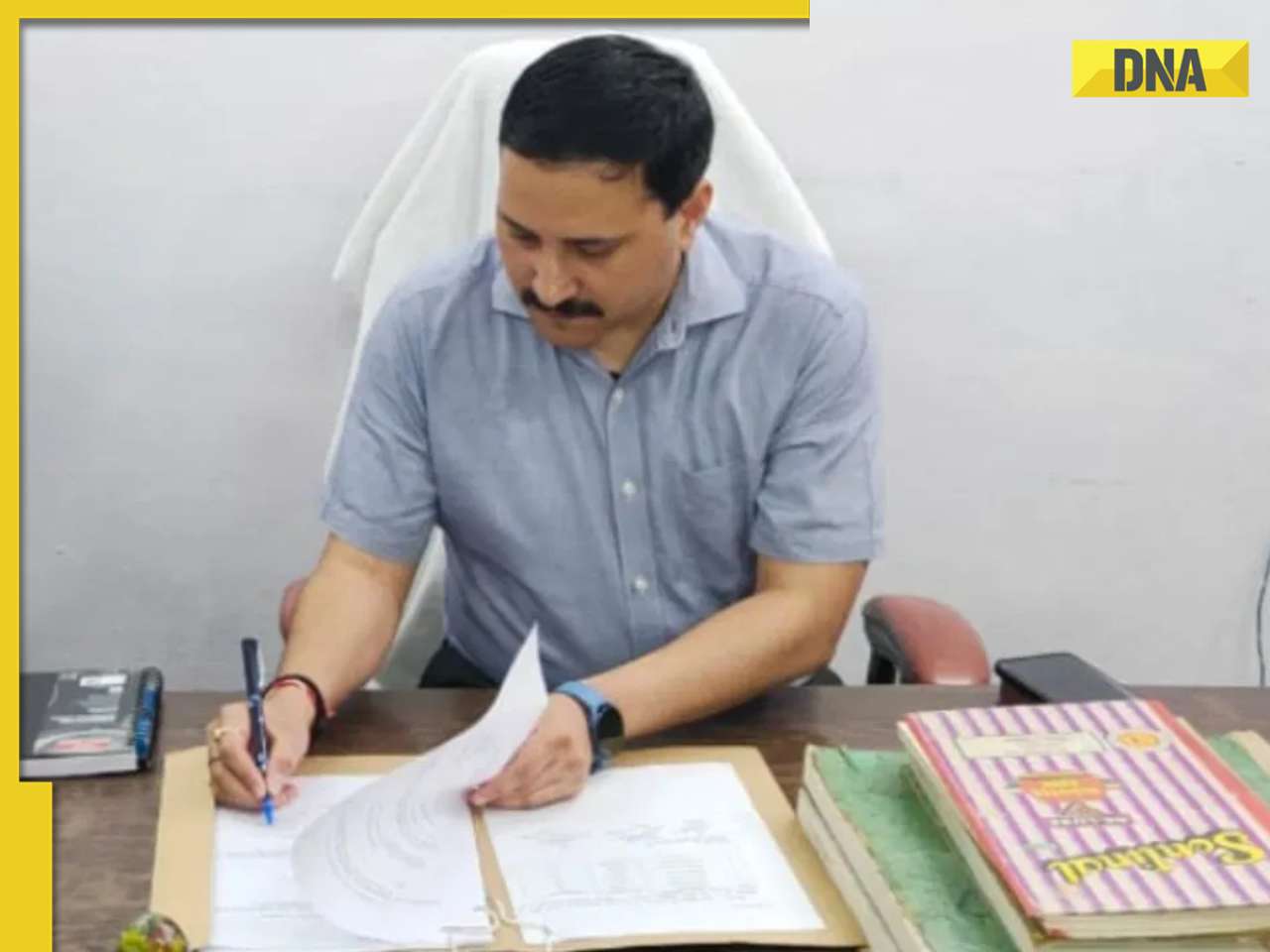
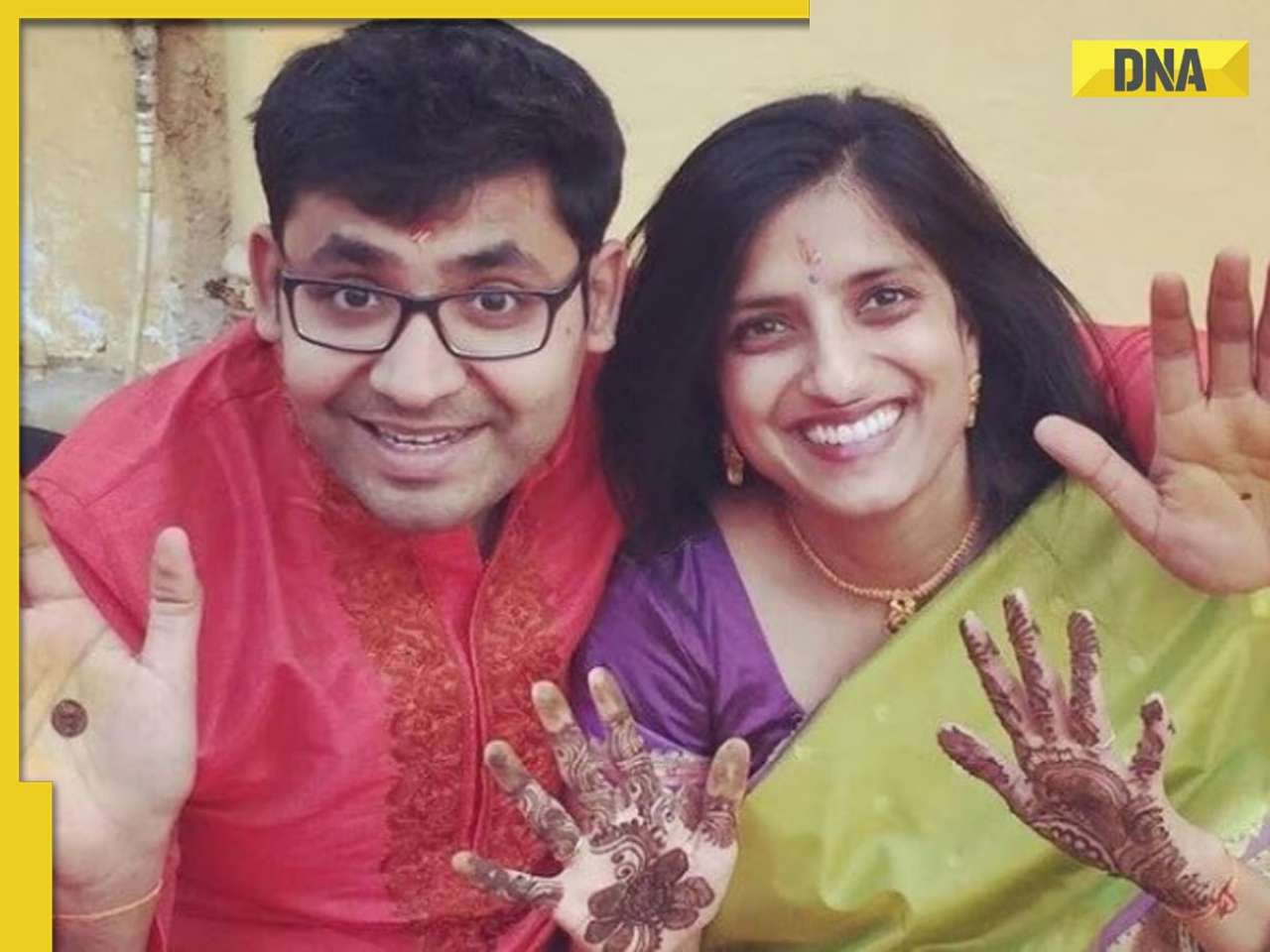

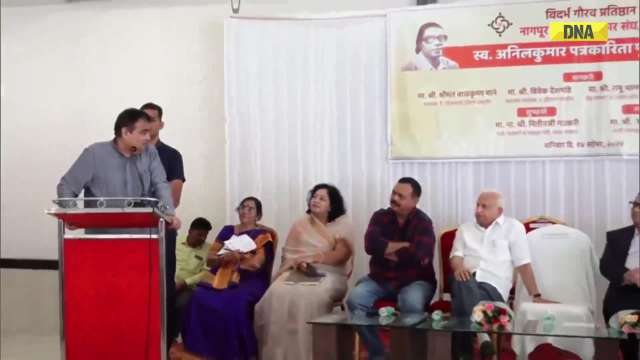
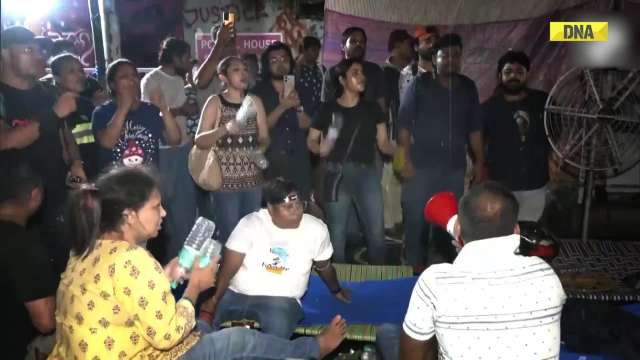












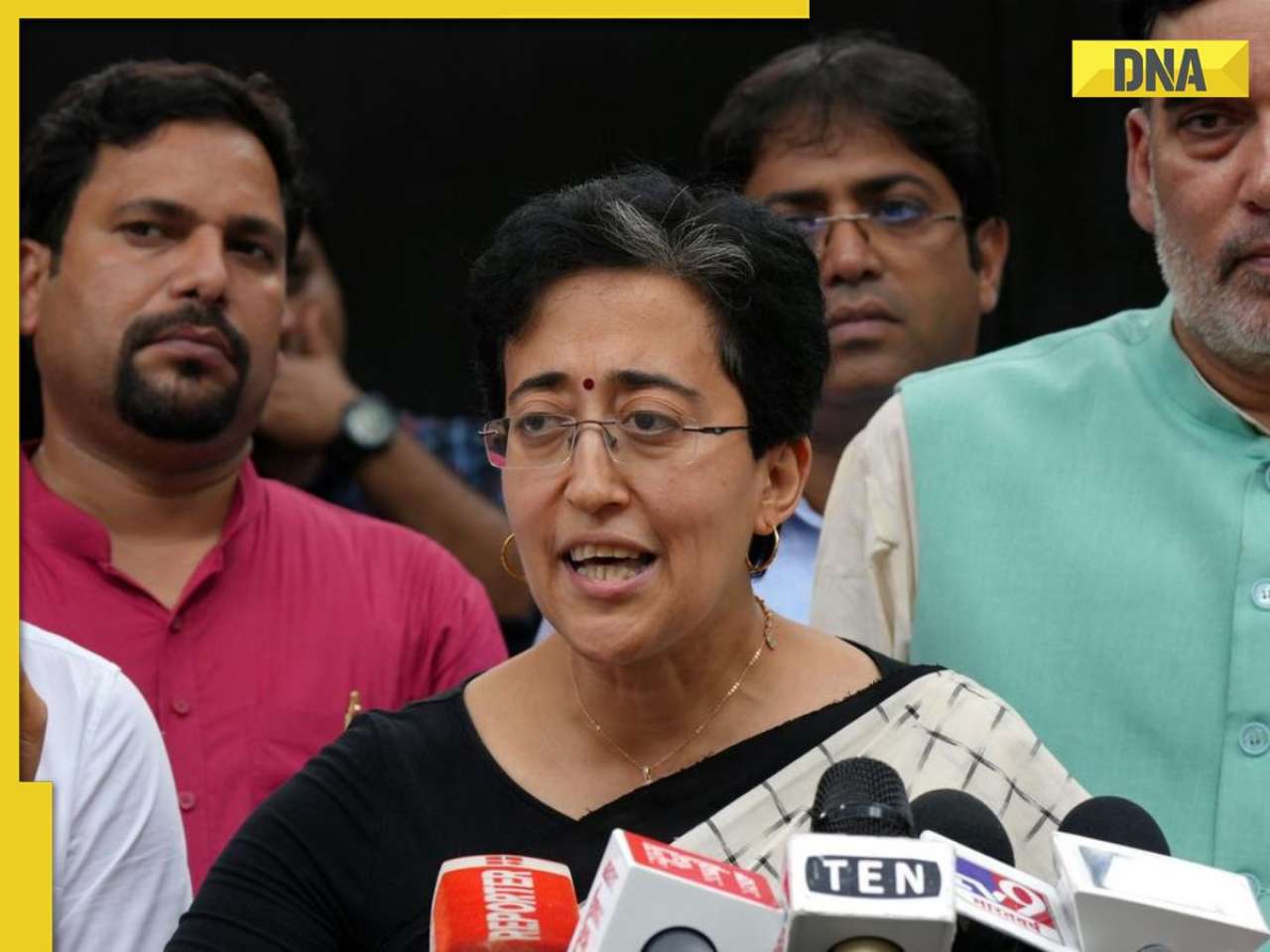
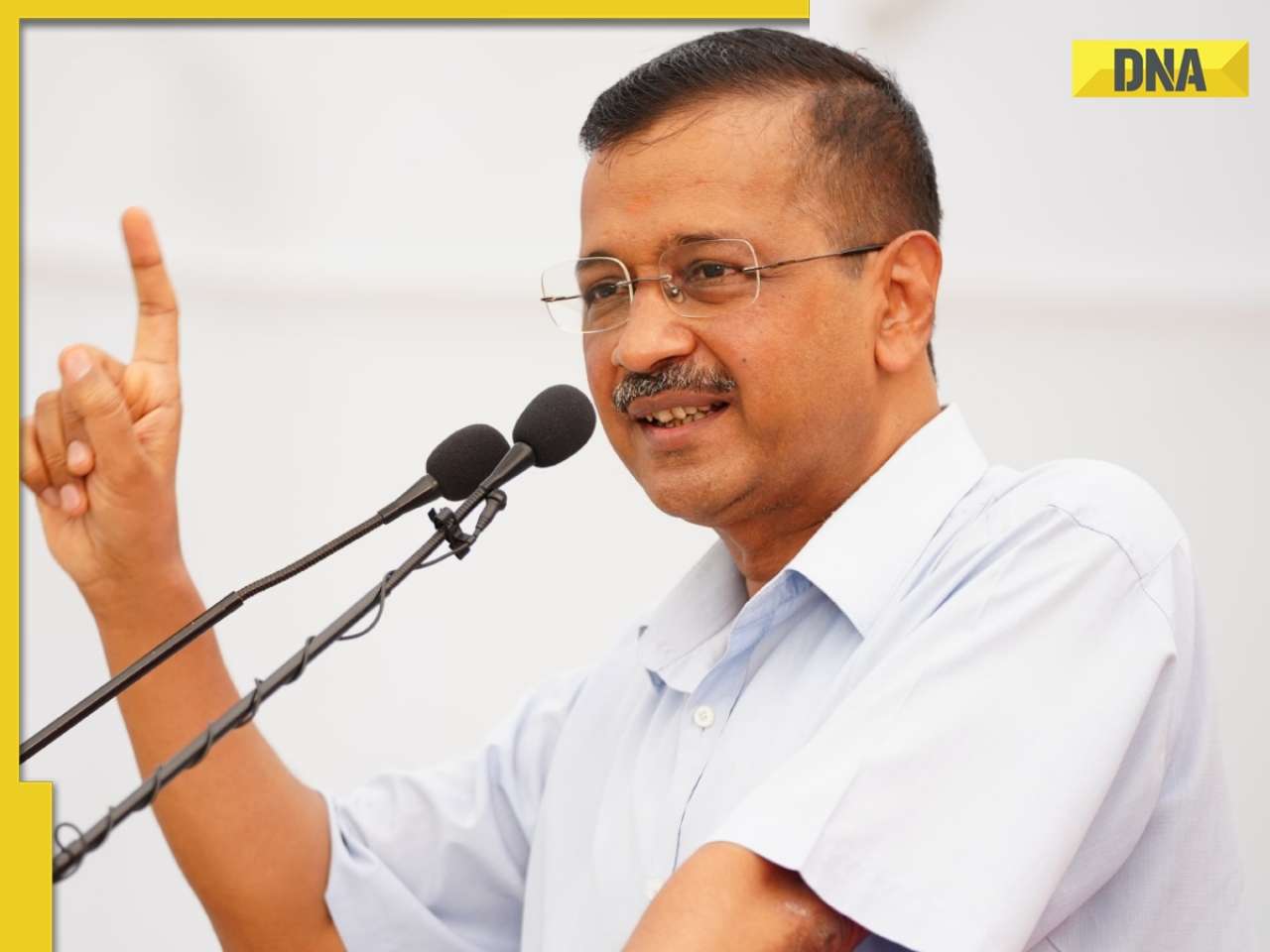



)
)
)
)
)
)
)
)
)
)
)
)
)
)





)
)
)
)
)
)